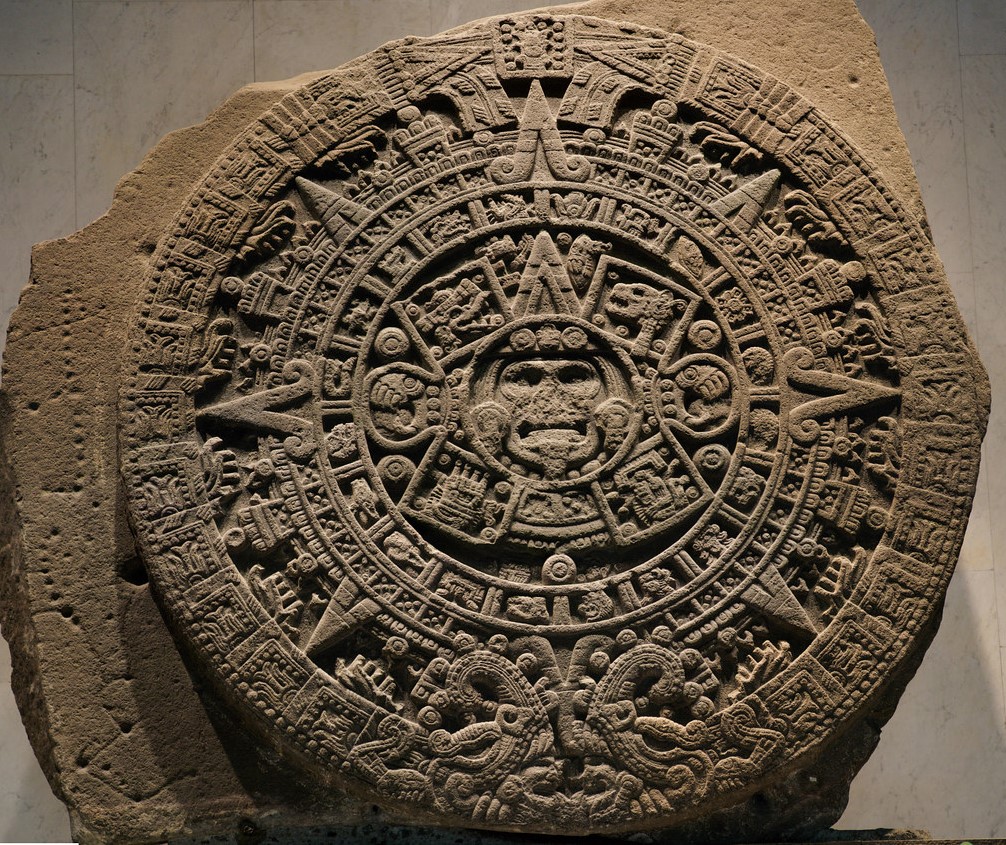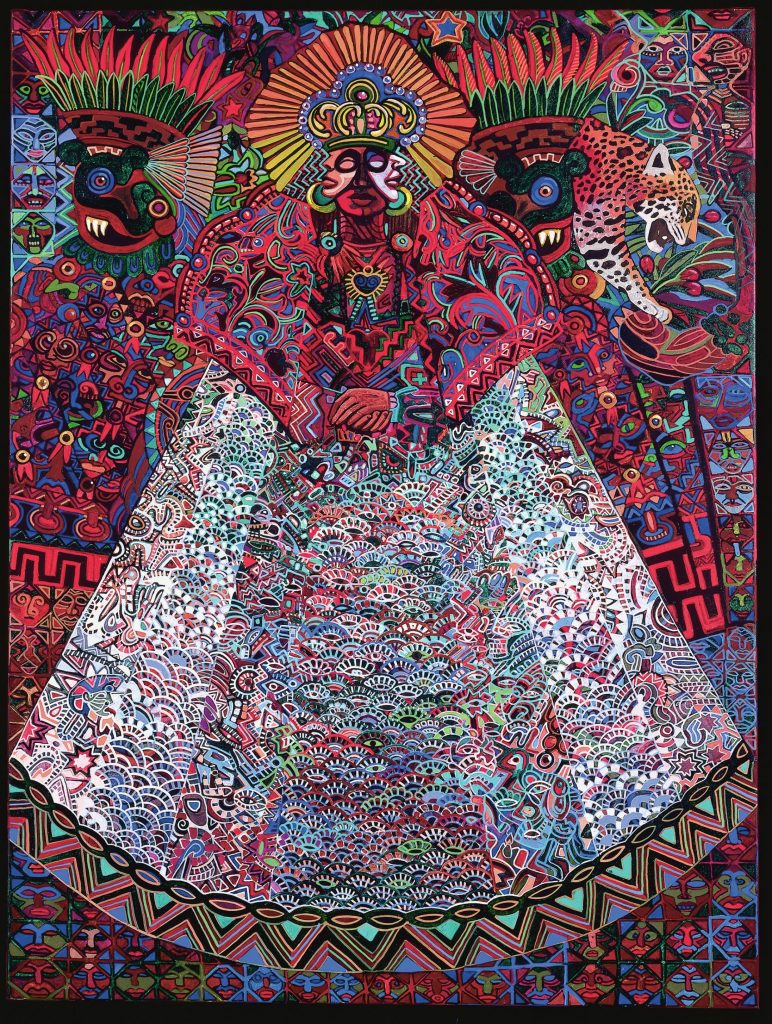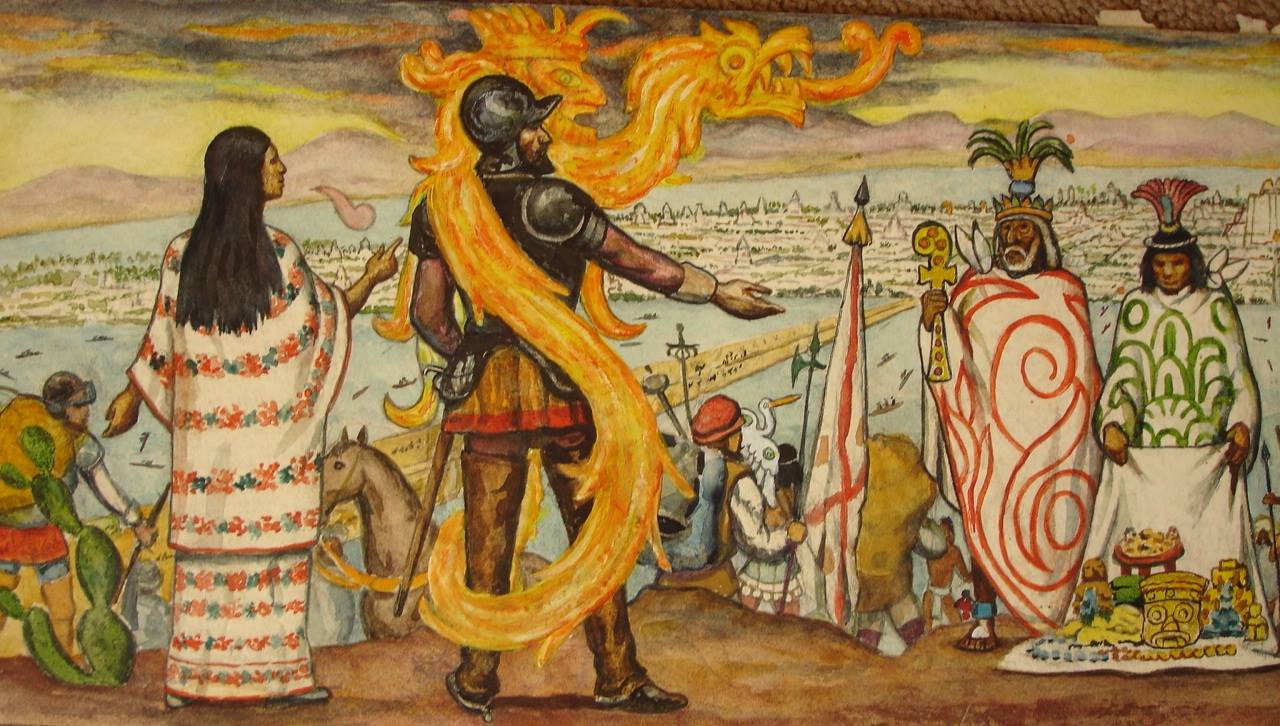MEANINGS OF THE WORD MALINALI
In today’s Mexico Malinali is a beautiful personal name for women. It comes from an ancient Nahuatl word – the most spoken language in Mexico after Spanish – and means “grass for making cordage”. Its reverential form is Malinaltzin. Apart from sounding very pretty, it is a word full of stories that we will share with you in this article. It is the name of a plant that appears in the Aztec calendar, the name of a goddess and of a very contradictory woman in the history of the conquest of Mexico.
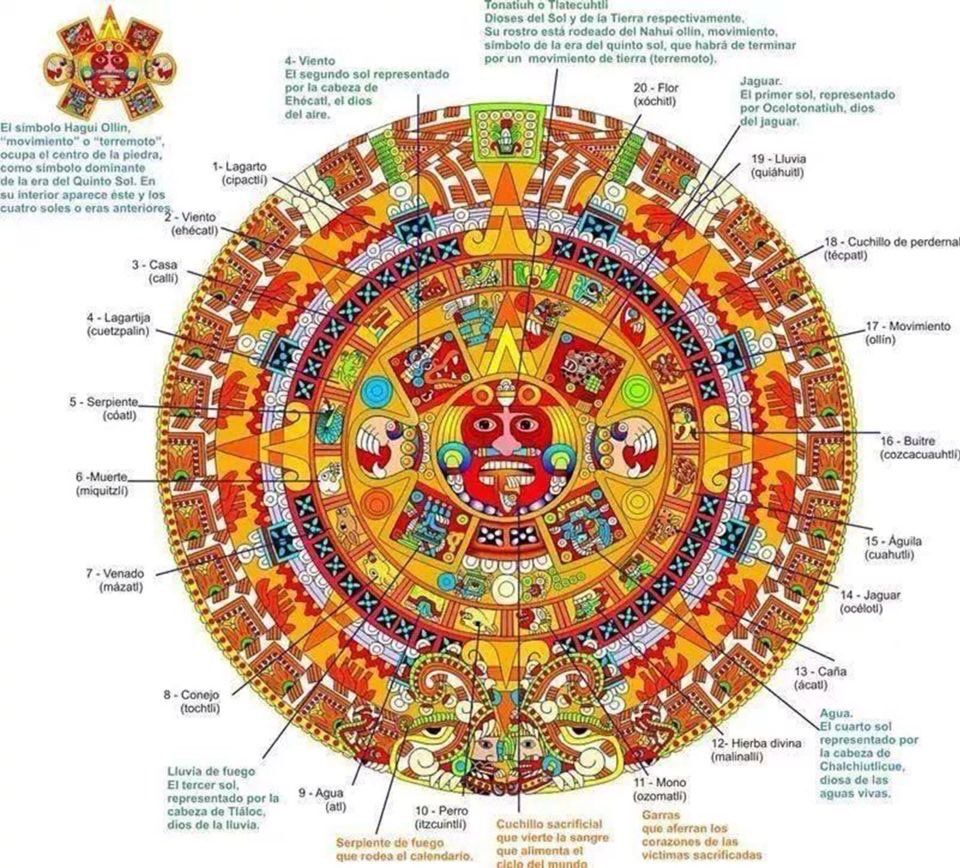
MALINALI AND THE AZTEC CALENDAR
The Aztec religious calendar consisted of 260 days, divided into units called trecenas There were 20 trecenas, each of which consisted of 13 days, represented by a different symbol and associated with a deity who ruled the day and provided its ‘tonalli’¸ or vital energy.
Malinalli is the twelfth sign. In the codices it is usually represented by a lower jaw of a human being from which certain long leaves of a vegetable emerge.
It means twisted or dried grass. Most likely it is the maguey fiber used to weave cords. It symbolizes regeneration, change, recreation and intertwining. It refers to the constant regeneration of nature contained in each of its parts.
Everything is in permanent change, from the cells of the body to the earth, creating an infinitely interwoven fabric. It is the symbol of the thriving life, of the action of nature and its intervention with the human being in his inner development.
These are 13 days of great passion, enthusiasm and infatuation -which sometimes lead to excesses because of the inability to protect oneself from high emotions-. They are also ideal days to unite the community.
The ruling gods of the twelfth sign Malinalli are the goddess Mayahuel and the god Patecatl, gods of pulque, fertility, medicine and healing.

THE GODDESS MALINALXÓCHITL
In Mexica mythology, the goddess Malinalxóchitl is known as the sister of the god Huitzilopochtli. According to the sources she was a beautiful sorceress or terrible goddess of snakes. During the pilgrimage prior to the founding of Tenochtitlan, she was abandoned by her brother. When she woke up, she was enraged by the abandonment, gathered her people and left to populate Malinalco where to this day she represents the feminine essence.
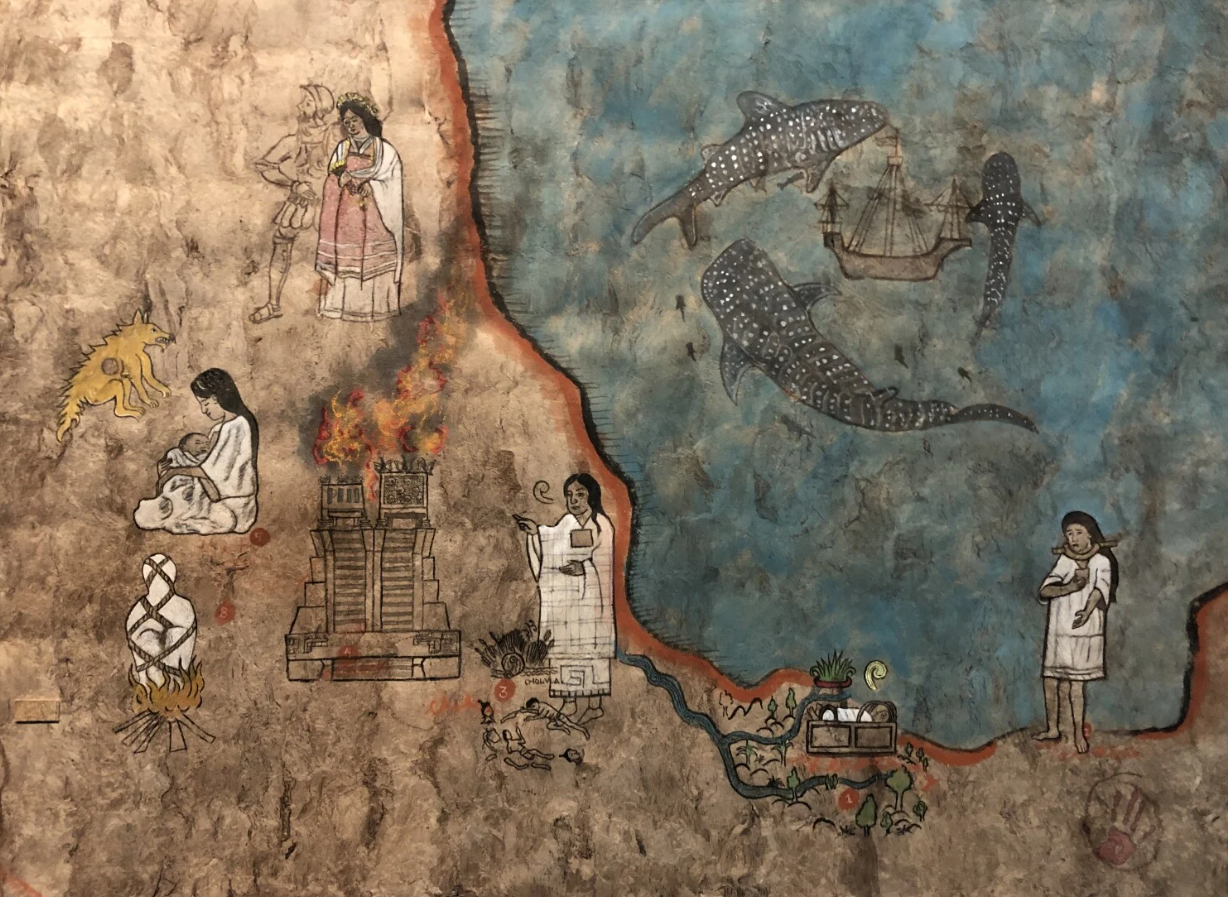
THE MALINCHE
She was a slave, lover, interpreter, advisor and intermediary of Hernán Cortés. Later she became his companion. At that time, she was baptized with the name of Marina. She gave birth to their first son, Martín, who is considered one of the first mestizos to emerge from the conquest of Mexico.
La Malinche also represents the woman that official history has been responsible for destroying and whose memory is still controversial today. Her name even became a noun in the Royal Spanish Academy (RAE). The RAE defines “malinche” as a person, movement or institution that commits treason; and “malinchista” as one who belittles her own and, in turn, values and admires what is foreign.
The original name of the Malinche was Malinalli, a young woman who, after the death of her father, was sold into slavery by her mother.
